Any website, no matter how well designed, will eventually need some maintenance. Whether it’s adding new content, fixing broken links, or updating outdated information, websites need to be regularly cared for in order to remain effective.
Website owners also need to be prepared to respond quickly to any unexpected problems that may arise.
WordPress maintenance is the process of keeping your WordPress website up-to-date and running smoothly.
This includes tasks like updating WordPress itself, as well as your themes and plugins. It also involves taking backups of your website, so that you can restore it if something goes wrong. For those who prefer professional support, our WordPress maintenance services are available to handle all these tasks.
Benefits of WordPress maintenance
By performing regular maintenance tasks, website owners can help ensure that their site remains available and accessible to their users.
Every website is different and has its own unique maintenance requirements. However, there are some general maintenance tasks that all websites need to perform on a regular basis in order to stay up and running.
There are a number of benefits to performing regular WordPress maintenance. These include:
1. Keeping your website secure
WordPress is a popular content management system that helps users create and manage websites.
While WordPress is designed to be user-friendly and easy to use, it is also important to keep the software up-to-date.
By regularly updating WordPress, you can help to close any security holes that might be exploited by hackers. In addition, updates often include new features and bug fixes that can improve the overall performance of your website.
For these reasons, it is essential to stay current with the latest version of WordPress.
Fortunately, updating WordPress is easy and only takes a few minutes. With a few clicks, you can help to keep your WordPress website safe and secure.
2. Improving your website’s performance
Anyone who has ever run a website knows that there is a lot of work that goes into keeping it up and running.
From updating content to adding new features, there is always something that needs to be done.
However, one of the most important aspects of website maintenance is keeping your site fast and responsive.
Visitors will quickly become frustrated if your site takes too long to load, and this can lead to a loss of traffic and revenue.
WordPress maintenance can help to improve your website’s loading times and make sure that visitors have a positive experience when they visit your site.
By regularly updating and optimizing your website, you can ensure that it remains fast and responsive, providing an enjoyable experience for your visitors.
2. Avoiding data loss
Losing important data can be a nightmare for any website owner.
Whether it’s customer information, financial records, or simply content that you’ve spent hours creating, losing data can set you back significantly.
That’s why it’s essential to take backups of your website on a regular basis. By doing so, you can be sure that you have a copy of your data that you can fall back on if something goes wrong.
There are a number of different ways to take backups of your website, so be sure to research the option that best suits your needs.
Taking regular backups is one of the simplest and most effective ways to protect your website from data loss.
3. Saving money
Any website, no matter how well-designed or popular, will eventually need some maintenance in order to function properly.
Over time, inevitable changes in technology can render a site obsolete, while new features and updates can make it necessary to revise existing content.
In addition, security vulnerabilities can arise that could put the site at risk of being hacked.
By performing regular maintenance, website owners can avoid having to pay for expensive repairs or restoration work if something goes wrong.
By keeping on top of these changes and updates, owners can ensure that their site remains secure and accessible to their users. In short, regular maintenance is an essential part of running a successful website.
Tips for WordPress maintenance
There are a number of tasks involved in WordPress maintenance. These include:
1. Keeping WordPress up-to-date
As a self-hosted WordPress user, it’s your responsibility to make sure your site is always up-to-date. Not only will this help to keep your site secure, but it will also ensure that you have access to the latest features and bug fixes.
Fortunately, updating WordPress is a relatively simple process. Whenever a new update is released, you’ll see a notification in your dashboard. Simply click on the “Update Now” button, and WordPress will take care of the rest.
In most cases, your site will be offline for just a few seconds while the update is installed. However, it’s always a good idea to create a backup of your site before proceeding with an update.
That way, you can restore your site if anything goes wrong. By following this simple step, you can help to keep your WordPress site running smoothly for years to come.
2. Updating your themes and plugins
If you’re like most people, you probably don’t give much thought to your website’s themes and plugins. But the fact is they’re important!
Just like any other software, themes and plugins need to be kept up-to-date to ensure optimal performance. And while it might seem like a hassle, there are some easy ways to stay on top of things.
For example, you can set your browser to automatically check for updates every time you visit a website.
Or you can use a plugin like Updater to keep track of all your sites in one place. In any case, make sure to stay on top of your updates – it’ll save you a lot of headaches down the road.
3. Taking backups of your website
Protecting your website from data loss is important. The best way to do this is to take regular backups of your site.
This way, if something happens to your site, you can restore it from a backup. There are many ways to take backups of your WordPress website.
You can use a WordPress plugin like BackupBuddy or VaultPress, or you can manually export your data. If you’re not sure how to take a backup, you can contact your host and they’ll be able to help you.
Taking backups of your WordPress website is an important step in protecting your data.
4. Monitoring your website’s traffic levels
It’s important to keep an eye on your website’s traffic levels so you can adjust your content accordingly.
The best way to do this is to use a WordPress plugin like Jetpack. Jetpack will track your website’s traffic and provide you with detailed statistics.
You can use this information to determine which content is most popular and make sure that your website is being seen by as many people as possible.
If you notice a decline in traffic, you can take steps to improve your website’s visibility, such as by promoting your content on social media or investing in search engine optimization.
By monitoring your traffic levels, you can ensure that your website is reaching its full potential.
5. Optimizing your website’s database
As any WordPress user knows, the database is essential for storing website information. However, over time the database can become bloated and inefficient, slowing down your website and making it difficult to manage.
Fortunately, there are a number of ways to optimize your WordPress database and improve performance.
One way is to regularly clean up your database by deleting unused records and tables. You can also optimize your database by compressing data and using a caching plugin.
By taking some time to optimize your WordPress database, you can keep your website running smoothly for years to come.
6. Checking for broken links
One of the most annoying things for website visitors is broken links.
When you click on a link and it doesn’t work, it not only creates a frustrating user experience, but it also makes your website look unprofessional.
Fortunately, there are now several tools that you can use to check for broken links on your WordPress site.
One of the most popular is called “Broken Link Checker.” This plugin will scan your entire website for broken links and then provide you with a report so that you can fix them.
Another popular option is “W3C Link Checker.” This tool will also scan your website for broken links and provide you with a report. However, it can also check for other issues, such as invalid HTML code.
Whichever tool you choose, checking for broken links on your WordPress site is an essential part of maintaining a quality website.
7. Adding security measures to your website
One of the most important aspects of running a WordPress site is keeping it secure.
There are a number of security measures you can take to protect your site from potential attackers.
First, be sure to keep your WordPress and plugins up to date. Attackers often exploit vulnerabilities in outdated software, so keeping your site up to date is an important defense against attack.
Second, use strong passwords and don’t reuse passwords on multiple sites. Use a password manager to generate and store strong passwords for you.
Third, install a security plugin like Wordfence or Sucuri to help protect your site from attacks. fourth, make sure only trusted users have access to your site.
If you give someone access to your site, be sure to remove their access when they no longer need it.
Finally, don’t forget to back up your site regularly.
This will ensure that you can restore your site if it is ever hacked or vandalized. By taking these steps, you can help keep your WordPress site secure.
8. Removing spam comments
One of the most annoying things about having a website is dealing with spam comments. Not only are they a nuisance, but they can also negatively affect your site’s search engine rankings.
There are a few things you can do to combat spam comments in WordPress.
First, you can install a plugin that will help to identify and remove spam comments automatically. Second, you can use captcha verification on your comment forms to make it more difficult for spammers to post comments.
Finally, you can moderate all comments manually before they are published on your site.
By taking these steps, you can effectively reduce the number of spam comments on your WordPress site.
9. Managing user accounts
Any WordPress site has two types of user accounts – those of subscribers (also called registered users) and those of administrators.
Subscribers have the lowest level of access to a WordPress site. They can read posts and comment on them but cannot create or edit any content.
Administrators, on the other hand, have full access to a WordPress site. They can create, edit, and delete posts and pages as well as manage user accounts.
In order to keep your WordPress site secure, it is important to understand how to manage both types of user accounts.
As an administrator, you can add new users, edit existing user accounts, and even delete user accounts if necessary.
To add a new user, simply go to the “Users” tab in the WordPress admin panel and click “Add New User.” Enter the desired username and email address for the new user, and then select a role for the user (either “subscriber” or “administrator”).
Once you have created the new user account, you can then proceed to manage it just like any other account. You can edit the account details, change the password, and even delete the account if necessary.
It is also important to understand how to manage subscriber accounts.
While subscribers do not have as much access as administrators, they can still pose a security risk if their account is not managed properly.
For example, if a subscriber’s password is compromised, it could be used to gain access to your site. In order to prevent this from happening, it is important to regularly change subscriber passwords and use strong passwords that are difficult to guess.
You can also use a plugin like Wordfence Security to help add an extra layer of security to your WordPress site.
By understanding how to properly manage user accounts, you can help keep your WordPress site secure and running smoothly.
10. Creating redirects
As any WordPress user knows, one of the most frustrating things can be accidentally losing a page or post.
Whether you’ve deleted it by mistake or simply changed the URL, it can be tricky to get back lost content.
However, if you create redirects, you can make sure that your users will always be able to find what they’re looking for, even if the URL has changed. Redirects simply tell the browser where to go if it can’t find the page at the original URL.
They’re easy to set up, and they can save you a lot of headaches in the long run. So if you’re running a WordPress site, be sure to take advantage of this handy tool.
11. Deleting unused files and images
Over time, every WordPress site accumulates a certain amount of “digital clutter.” This includes everything from unused files and images to old posts and pages.
While this clutter may not seem like a big deal, it can actually have a negative impact on your site’s performance. This is the common WordPress mistake that website owners do.
In fact, deleting unused files and images can help to improve your site’s speed and efficiency. Additionally, it can free up valuable storage space and reduce your hosting costs.
So if you’re looking to declutter your WordPress site, start by deleting unused files and images. You’ll be surprised at the difference it makes.
12. Test Key Forms and Features
Any WordPress site owner knows how important it is to keep their site up-to-date and running smoothly.
Part of that maintenance is regularly testing key forms and features to ensure they are working properly.
For example, if you have an eCommerce site, you will want to test the checkout process regularly to make sure that customers can complete their purchase without any problems.
If you have a membership site, you will want to test the login process and any other features that members use on a regular basis.
By regularly testing key forms and features, you can identify and fix any potential problems before they cause major disruptions for your users.
13. Audit your content regularly
By regularly checking your content, you can ensure that your site is running smoothly and that there are no errors or deficiencies.
Additionally, an audit can help you identify ways to improve your content and make it more effective.
For example, you might find that certain pages are not loading properly or that certain images are not displaying correctly.
By identifying these issues, you can take steps to fix them and improve your site’s overall performance.
Regularly auditing your WordPress site will help you keep it running smoothly and ensure that your visitors have a positive experience.
By performing these regular maintenance tasks, you can help to keep your WordPress website running smoothly and efficiently.
Challenges of WordPress maintenance
There are a few challenges that you may face when performing WordPress maintenance. These include:
1. Keeping up-to-date:
It can be difficult to keep up-to-date with all the latest WordPress news and updates. However, there are a few things you can do to make sure you’re always in the loop.
First, follow the WordPress blog. This is an official resource that will always have the most up-to-date information on new features and updates.
In addition, there are a number of great WordPress-focused publications, such as WPTavern and WPBeginner. These sites publish articles on a regular basis, so you can be sure to stay up-to-date on all the latest WordPress news.
Finally, don’t forget to follow @WordPress on Twitter. This is an official account that often tweets about new releases and other important news.
By following these simple tips, you can be sure you’re always up-to-date on all the latest WordPress news and updates.
2. Knowing what needs to be done:
It can be difficult to keep up-to-date with all the latest WordPress news and updates. However, there are a few things you can do to make sure you’re always in the loop.
First, follow the WordPress blog. This is an official resource that will always have the most up-to-date information on new features and updates.
In addition, there are a number of great WordPress-focused publications, such as WPTavern and WPBeginner.
These sites publish articles on a regular basis, so you can be sure to stay up-to-date on all the latest WordPress news.
Finally, don’t forget to follow @WordPress on Twitter. This is an official account that often tweets about new releases and other important news.
By following these simple tips, you can be sure you’re always up-to-date on all the latest WordPress news and updates.
3. Finding the time:
Any WordPress user knows that maintaining a website is a time-consuming task. There are always updates to install, security patches to apply, and backups to run.
For busy people, it can be difficult to find the time to do all of this on a regular basis. However, there are some simple ways to make WordPress maintenance more efficient.
First, take advantage of automation tools. There are many plugins that can automate tasks like backups and security scanning.
Second, use a staging environment to test changes before pushing them live. This will save you time in the long run by preventing broken updates from being published.
Finally, don’t be afraid to outsource some of the more technical tasks to a professional.
By taking these steps, you can make WordPress maintenance less time-consuming and free up more time for other activities.
Conclusion
WordPress maintenance is a crucial task for any WordPress user.
Not only does it help to keep your site running smoothly, but it also helps to prevent problems down the road.
Unfortunately, many WordPress users neglect this crucial task. Over time, WordPress sites can become cluttered with outdated plugins, unoptimized images, and other junk files.
This not only makes your site run slower, but it can also open up security holes that can be exploited by hackers.
By regularly performing maintenance tasks such as plugin updates and database optimizations, you can help to keep your WordPress site running smoothly and securely. In the long run, this will save you both time and money.
By following the tips in this article, you can make sure your WordPress site is always up-to-date, running smoothly, and providing a great experience for your visitors.



















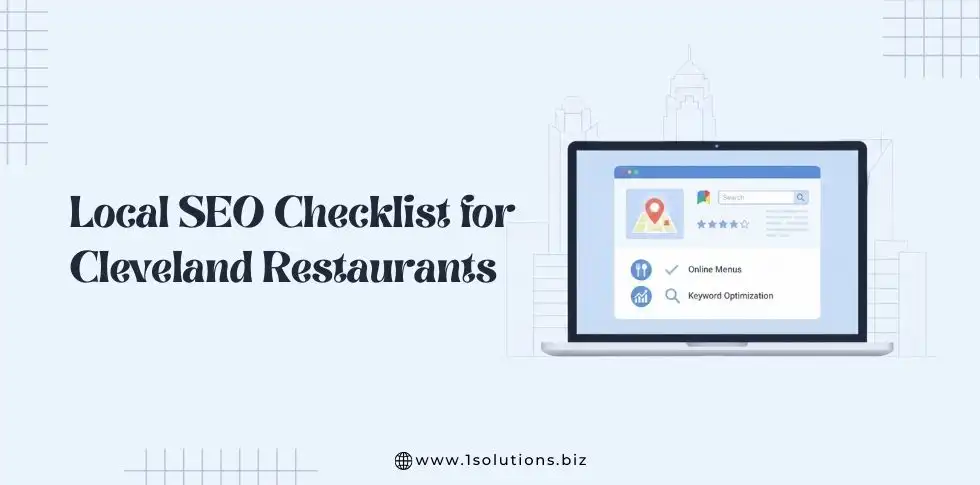
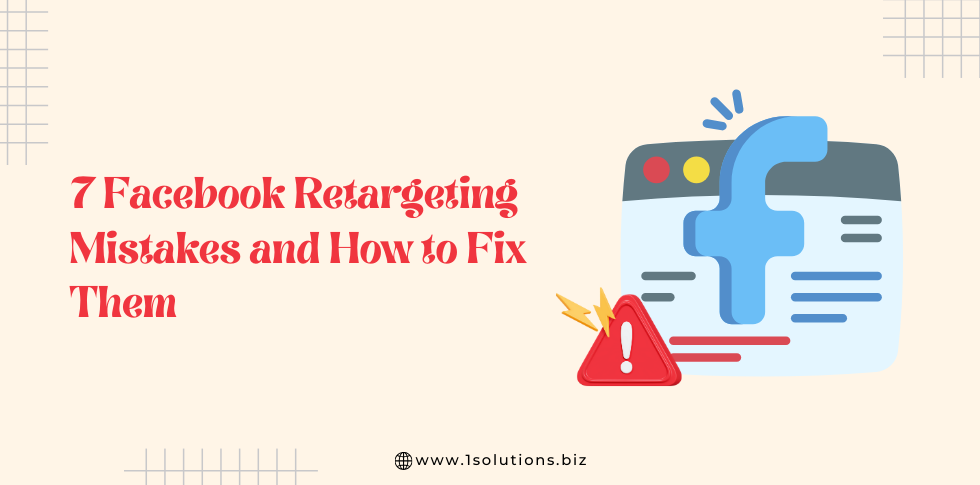
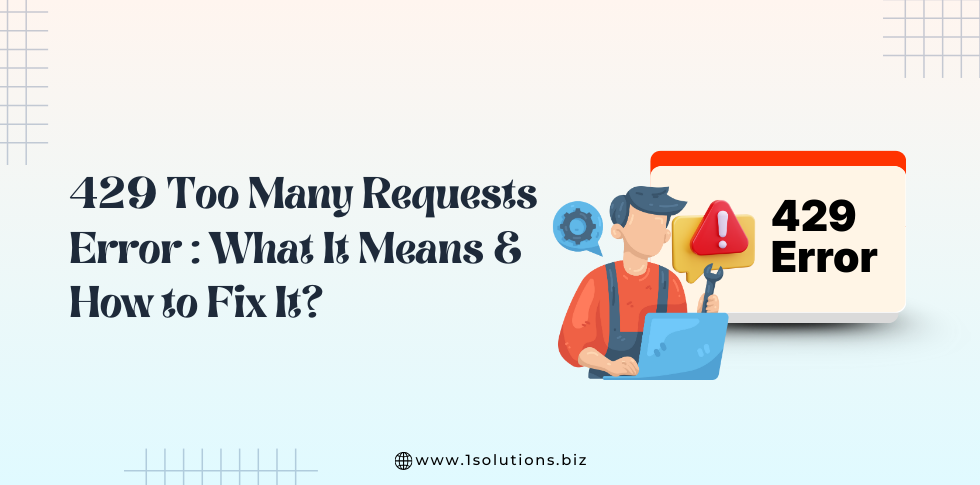
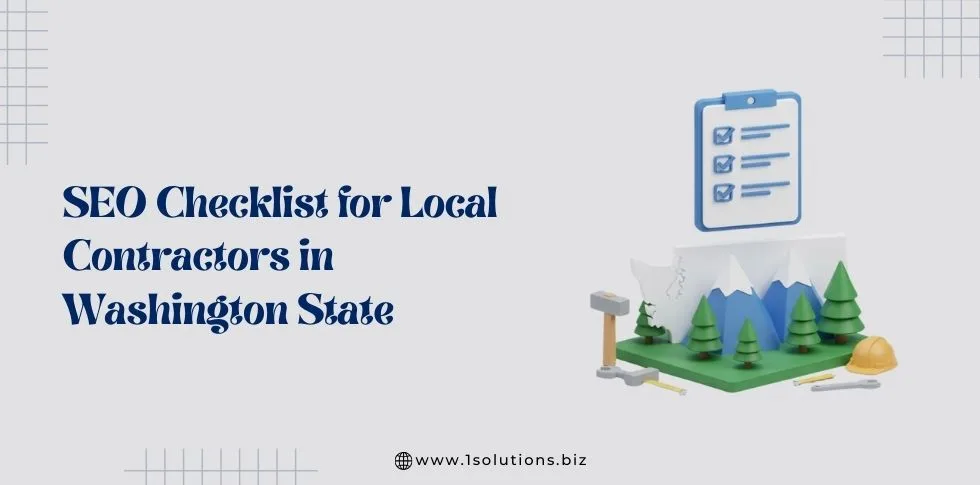



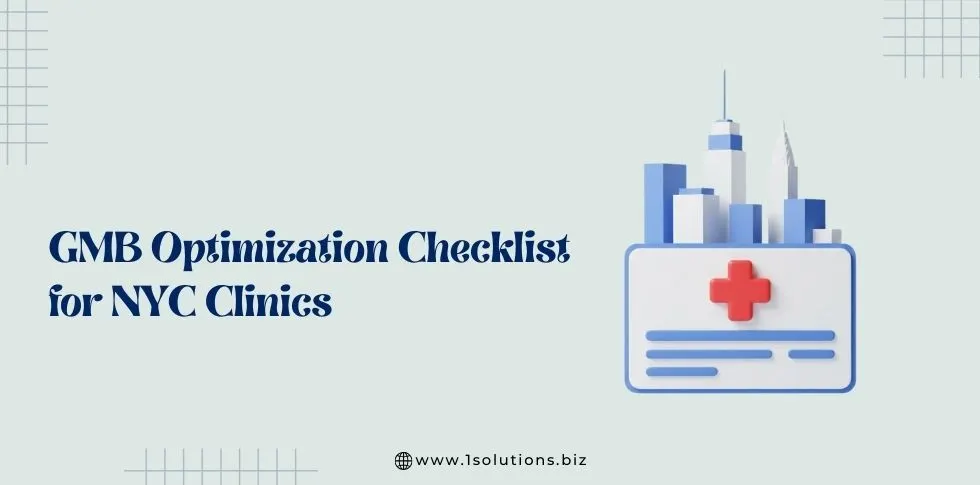




 in India
in India